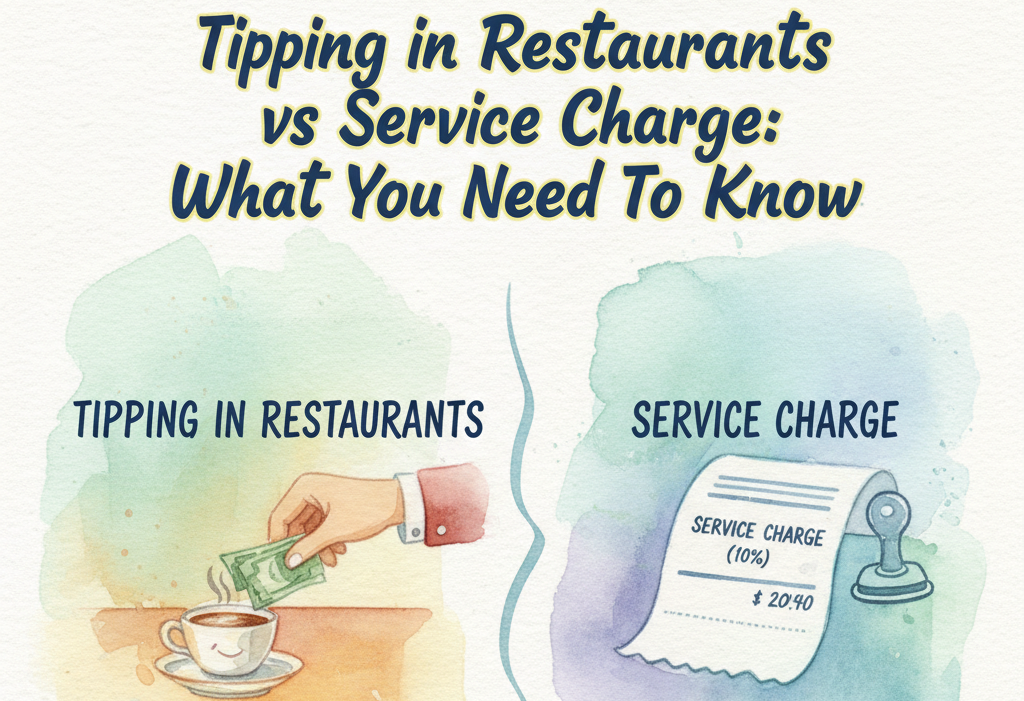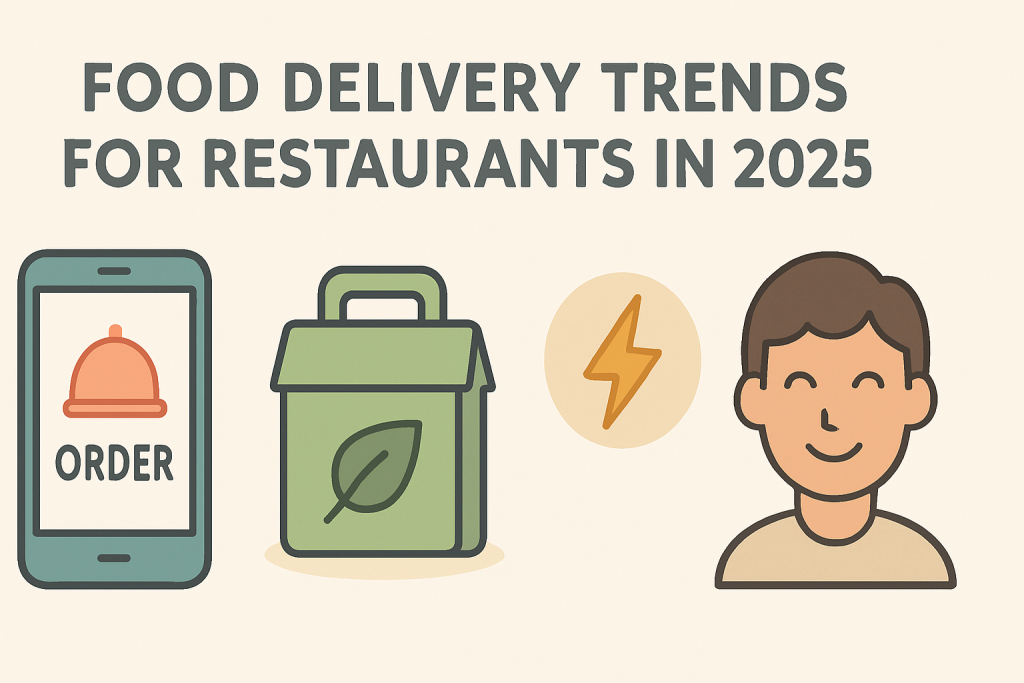The restaurant industry has been hit hard by the current pandemic, leading to a shortage in staff. This has put a huge strain on restaurant owners as they struggle to keep their businesses afloat. Fortunately, technology offers a potential solution to this problem. By making use of certain advances in technology, restaurants can become more efficient and reduce the need for staff. This blog post will explore how restaurants can make use of technology to combat their staff shortage. In this article we’ll be exploring some of the benefits, challenges and opportunities that using technology can bring for your restaurant.
Benefits of Technology
1. Increased Efficiency
The restaurant industry, like many others, is facing a staff shortage. With fewer staff members, restaurants need to find ways to increase efficiency in order to keep up with the demand. Technology can help in this regard, by streamlining processes that would otherwise take a lot of time and labour. For example, automated ordering systems and inventory management software can help restaurants track orders and inventory, meaning fewer staff members are needed to handle these tasks. Additionally, tech solutions such as online reservation systems can help streamline the booking and seating process. This can help restaurants increase efficiency while also freeing up staff members to handle other tasks. Technology can also help streamline the payment process. Cashless payment solutions, such as mobile payments and contactless cards, can help speed up the checkout process and reduce the need for additional staff at the till. These solutions can also help restaurants collect more accurate data on customer orders, allowing them to better predict demand and plan their staffing accordingly.
2. Reduced Labour Costs
One of the biggest advantages of implementing tech solutions in a restaurant to combat a staff shortage is the potential to reduce labour costs. By investing in automated systems, restaurants can reduce the amount of staff they need to pay and spend more efficiently. This can help mitigate the costs associated with a staff shortage, such as overtime pay and hiring new employees. Investing in automated systems can also help reduce costs associated with training and onboarding new employees. Automated systems will require less maintenance and training as compared to hiring new employees, which can save restaurants money in the long run. By investing in automated systems, restaurants can reduce their labour costs and better manage their budget during a staff shortage.
3. Improved Customer Experience
The restaurant industry is highly competitive, and in order to stand out from the crowd, restaurants need to ensure that their customers have the best experience possible. With a staff shortage, this can be difficult to achieve, however tech can help. By utilising technology such as customer ordering apps, customer loyalty programs, or online booking systems, restaurants can streamline the customer experience, reduce customer wait times, and provide a higher level of convenience. Additionally, with the help of automated customer service chatbots, customer inquiries can be quickly and efficiently answered. In addition to improving the customer experience, tech can also help to increase efficiency within the restaurant. By implementing automated ordering and billing systems, restaurants can reduce the amount of time it takes to process orders, allowing staff to focus on other tasks. Furthermore, with the help of AI-powered sentiment analysis, restaurants can track customer feedback in real-time and make the necessary adjustments to improve the customer experience.
Challenges of Implementing Technology
1. Cost
When it comes to implementing tech in a restaurant to combat a staff shortage, cost is an important factor to consider. After all, if the cost of the technology exceeds the benefits it brings to a restaurant, then it may not be worth the investment. When researching the cost of tech, it is important to look for solutions that are not only cost-effective but also provide a good return on investment. Other more advanced solutions such as robots or automated kitchen systems may be more expensive, but they can also save a lot of time and labour in the long run.
It is important to take into account the cost of the technology, but also the potential savings it can bring. By weighing the cost against the potential benefits of the technology, a restaurant can make an informed decision on which solution is best for them. By taking cost into consideration, a restaurant can ensure they are making an investment that will help them combat a staff shortage in the most cost-effective way.
2. Training
When it comes to training staff to combat a staff shortage, technology can be a great help. By incorporating technology into the training process, restaurant owners can quickly and easily teach their new staff the basics of the job, especially when it comes to food safety and customer service. By incorporating technology into the training process, restaurant owners can also make the process more efficient. For example, they could create online tests for staff to complete to ensure they have a basic understanding of the restaurant policies and procedures. Additionally, training videos or instructional videos could be used to quickly and effectively provide new staff with information about the restaurant and what is expected of them.
3. Resistance from Employees
When introducing new technology into a restaurant, resistance from employees is a common issue. This resistance usually stems from a fear of the unknown, as employees may not be familiar with the technology or may feel that their jobs are at risk due to the introduction of the new technology. A restaurant manager can combat this kind of resistance by taking the time to explain the technology to employees, showing them how it will help the restaurant and how it won’t take away from job security. Additionally, providing employees with the opportunity to use the technology in a trial period can help them to become more comfortable with it.
Another way to help employees accept the new technology is to provide incentives for them to use it. For example, offering bonuses or other rewards for employees who show proficiency with the technology can encourage them to give it a try. Finally, giving employees a say in how the technology is used can help them to feel included in the process and more likely to accept the changes. By taking the time to listen to employee feedback and suggestions, managers can foster an environment of acceptance for the new technology.
How Technology Can Help
1. Automation
Automation can be used in a variety of ways, from automating customer service tasks to ordering and delivery systems. Automated customer service systems can help reduce customer wait times, freeing up your staff to focus on more important tasks. Automated ordering and delivery systems can streamline the process of taking orders and delivering them to customers, which can significantly reduce wait times. Automated systems can also help reduce labour costs by streamlining the back-end processes such as ordering, inventory management, and accounting. Automated systems can also help reduce the need for manual labour, such as having staff members take orders and deliver food to customers. It improves accuracy and reliability in the ordering and delivery process by eliminating human error.
2. Online Ordering
Online ordering is an increasingly popular way for restaurants to combat a staff shortage. By allowing customers to place orders and pay for them online, restaurants can streamline their operations, reduce the number of staff needed to take orders, and make their ordering process more efficient. Additionally, online ordering eliminates the need for customers to wait in line, allowing them to place orders without having to wait their turn.
When it comes to online ordering, it is important for restaurants to have a secure, user-friendly platform. This will ensure that customers can easily place orders and make payments without worrying about their credit card information being stolen. Additionally, restaurants should have clear instructions on how to place orders and pay for them online, so that customers know exactly what to do.
3. Self-Service Kiosks
Self-service kiosks have become increasingly popular in the restaurant industry over the past few years. By utilising self-service kiosks, restaurants can reduce their reliance on staff and increase efficiency. These kiosks enable customers to order and pay for their meal without the help of a cashier or server. This means that, even during peak times, customers can order quickly without waiting in line. Additionally, the use of self-service kiosks can help to reduce human errors, resulting in improved accuracy and customer satisfaction. This can help to create a better overall experience for customers, and help to drive loyalty.
To conclude, while the restaurant industry is facing a staffing shortage due to a variety of factors, technology is a viable solution that can help overcome this issue. By utilising digital solutions such as online ordering, automated scheduling, and even robotics, restaurants can reduce their reliance on manual labour and help bridge the gap in their staffing needs. Additionally, restaurants can use technology to improve their hiring processes, such as using online job postings, video interviewing, and AI-powered applicant tracking systems. These solutions can help streamline the hiring process and allow restaurants to find the right employees more efficiently. All in all, technology can be a powerful tool to help combat the staffing shortage in the restaurant industry.



